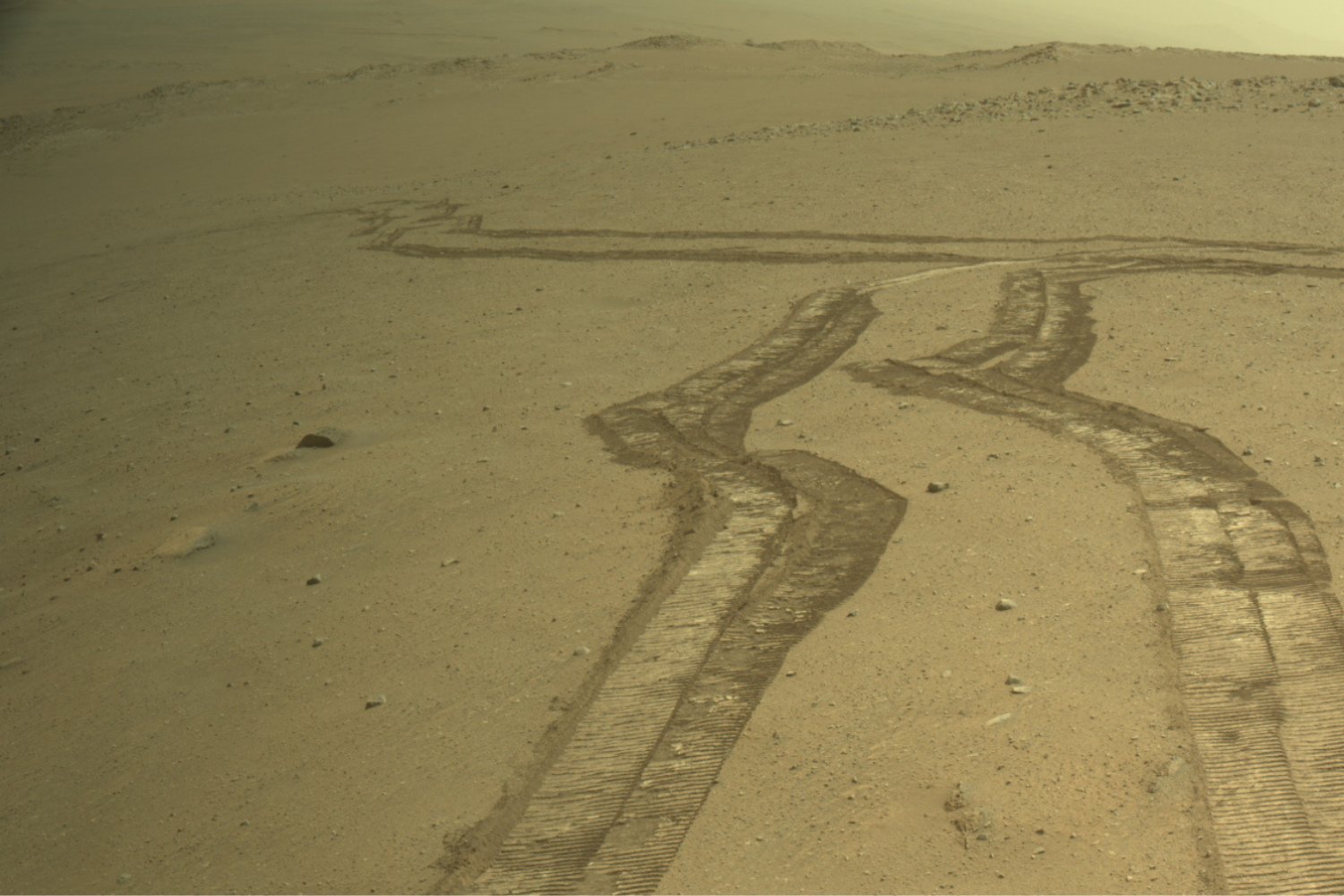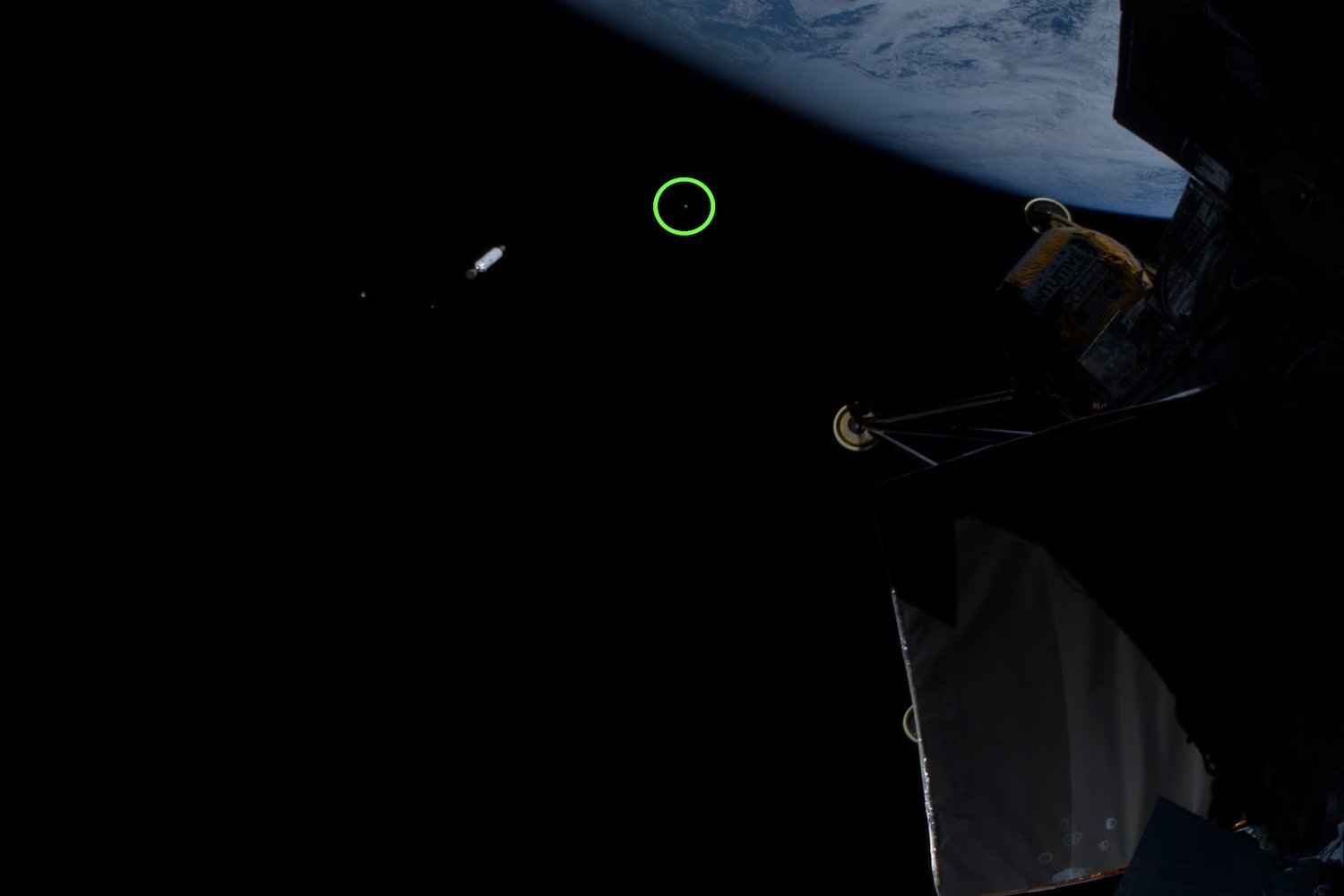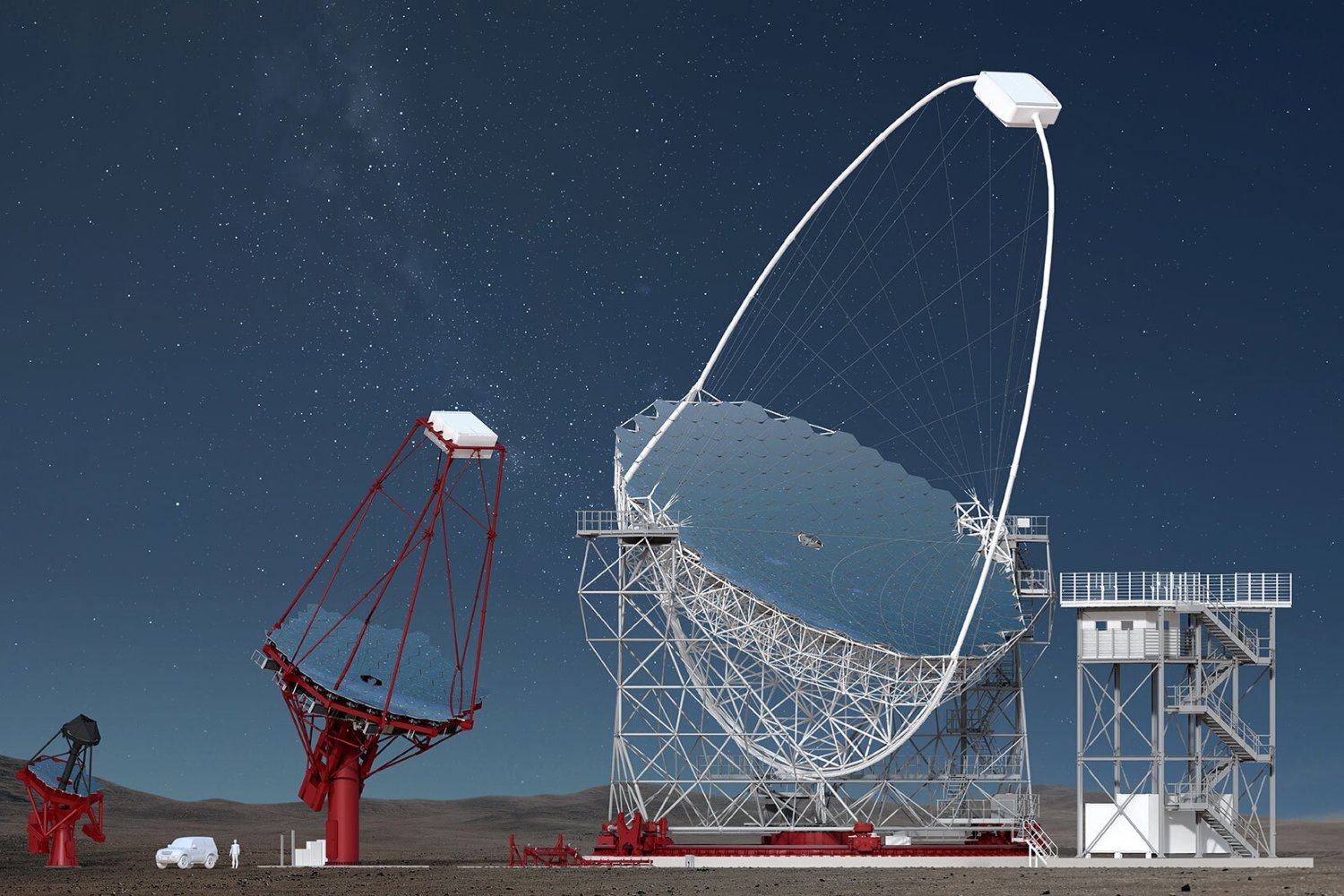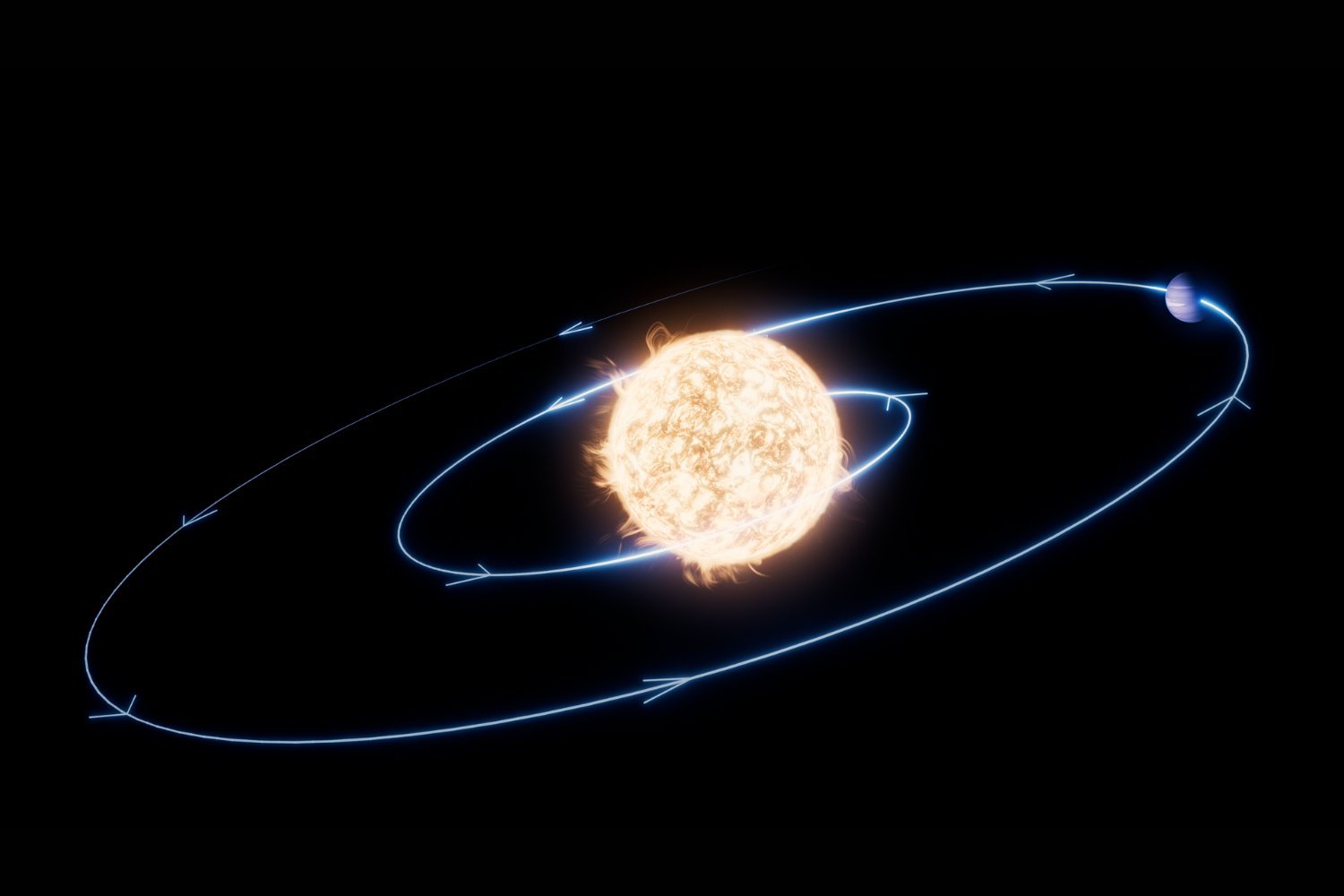The enigmatic ice giant Uranus has long held secrets within its swirling atmosphere. Thanks to decades of data from the Hubble Space Telescope, combined with historical observations from Voyager 2, astronomers have achieved a breakthrough in understanding this distant planet’s rotation. This new research, published in Nature Astronomy, offers an unprecedentedly accurate measurement of Uranus’s spin, refining our comprehension of its magnetic field and paving the way for future exploration.
Voyager 2’s fleeting flyby in 1986 provided invaluable data, including the initial estimate of Uranus’s rotation at 17 hours, 14 minutes, and 24 seconds. However, this measurement carried a 36-second margin of error, a seemingly small discrepancy that ultimately hindered the long-term tracking of the planet’s magnetic poles. The gaseous nature of Uranus, coupled with its powerful atmospheric winds, made precise observation challenging. Previous attempts to refine the rotation period, including re-analysis of Voyager 2’s ultraviolet data, proved insufficient.
Hubble’s Illuminating Gaze
To overcome these challenges, scientists turned to the Hubble Space Telescope. Beginning in 2011, Hubble captured images of Uranus’s ultraviolet auroras. Similar to Earth’s Northern Lights, these auroras result from charged particles interacting with the planet’s magnetic field. By analyzing these auroral displays under varying solar wind and magnetospheric conditions, and combining this data with Voyager 2’s findings, researchers achieved a remarkably precise measurement.
A Refined Rotation Period
The new calculations reveal Uranus spins at 17 hours, 14 minutes, and 52 seconds, falling within Voyager 2’s initial margin of error. The significant improvement lies in the reduced margin of error, now a mere 0.036 seconds. This heightened accuracy allows for more precise tracking of Uranus’s magnetic poles over time and provides an essential reference for future planetary science research.
Implications for Future Missions
This refined measurement holds significant implications for future exploration of Uranus. A proposed mission, highlighted as a priority by the National Academies of Sciences, Engineering, and Medicine, aims to map Uranus’s gravitational and magnetic fields. The precise rotational data provided by Hubble will be crucial for this endeavor, enabling more accurate navigation and data interpretation.
Uncertainties Remain
While the scientific community celebrates this advancement, the future of Uranus exploration remains uncertain. The proposed mission is currently in the planning stages, and funding constraints could impact its timeline. Nevertheless, this new understanding of Uranus’s rotation represents a vital step forward, unlocking further insights into this mysterious ice giant and paving the way for potential future discoveries.
A Legacy of Discovery
The combination of Voyager 2’s legacy data and Hubble’s continued observations has yielded a crucial piece of the Uranus puzzle. This refined rotational measurement will not only inform future missions but also deepen our understanding of the complex dynamics at play within this distant and fascinating world. As we continue to explore our solar system, the collaboration between different observational platforms underscores the power of scientific inquiry and our relentless pursuit of knowledge.











